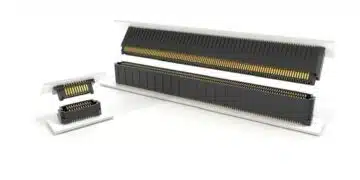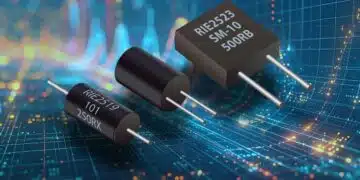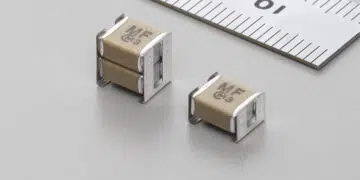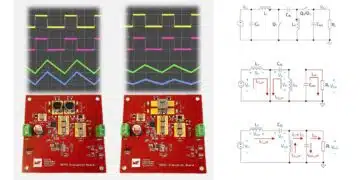This webinar from Würth Elektronik explains principles of die and wire bonding on printed circuit boards including the complete manufacturing process for the production of the module or the entire electronic assembly from the PCB to the end product.
Advancements in Electronic Circuit Board Technology: An In-Depth Look at WI Systems Bonding and Beyond
By Matias Nren, Technical Project Manager, BU Electronic
Introduction
Welcome to this technical exposition on Würth Elektronik Systems Bonding, an integral component of modern electronic circuit board technology. This article provides a comprehensive overview of the technological landscape, focusing on sophisticated processes like die bonding, wire bonding, and system assemblies within PCB production.
Profile of the Expert
Matias Nren, holding a dual degree in PCB production and serving as the Product Manager since October 2022, brings a wealth of knowledge and hands-on experience in electronic systems. His role encapsulates overseeing technical projects and advancing bonding technologies within BU Electronic.
Understanding Würth Elektronik Systems
Würth Elektronik Systems, once a supplier division within PCB production, has evolved into a pivotal segment that not only supports but also innovates within the industry. The core focus lies in providing complete electronic modules, integrating bonding technologies with comprehensive system solutions.
Key Technologies and Processes
- Die Bonding:
- Process Overview: Die bonding involves precision attachment of semiconductor chips to substrates using adhesive technologies. This method offers flexibility with substrates like PCB, ceramic, and gold pads.
- Technological Advantages: Simplified process requirements, cost-efficiency, enhanced thermal and mechanical decoupling, and improved repair options compared to traditional soldering.
- Wire Bonding:
- Gold Wire Bonding (Thermosonic Bonding): Utilizes gold balls and wedges to establish connections, requiring substrate heating between 80-180°C. It offers high precision, superior electrical conductivity, and corrosion resistance.
- Aluminium Wire Bonding (Ultrasonic Wedge-Wedge Bonding): Operates without heating, using ultrasonic energy for bonding. Known for robustness and cost-effectiveness, it caters to various industrial needs.
- Glob Top Application:
- Provides mechanical and electrical protection to bonded components, enhancing durability against environmental factors and mechanical stresses.
System Integration and Assembly
Würth Elektronik Systems extends beyond bonding to encompass comprehensive system assemblies, including:
- Component Assembly: Manual and automated soldering, gluing, and assembling of SMD and wired components.
- 3D Printing: Customized production of assembly components and specialized packaging.
- Process Development: Collaborative development of production processes tailored to client specifications.
Quality Assurance and Certifications
Commitment to quality is underscored by ISO 9001 certification, ensuring adherence to international standards in all processes.
Client-Centric Approach
Würth Elektronik Systems champions a one-stop-shop model, simplifying supply chains by managing design, production, and delivery through a single point of contact. This approach enhances efficiency, reduces communication complexities, and fosters tailored solutions.
Conclusion
Würth Elektronik Systems continues to drive innovation in electronic circuit board technology, offering versatile, high-quality solutions that meet the dynamic demands of the industry. For deeper technical insights or customized solutions, stakeholders are encouraged to engage directly with our technical team.





























